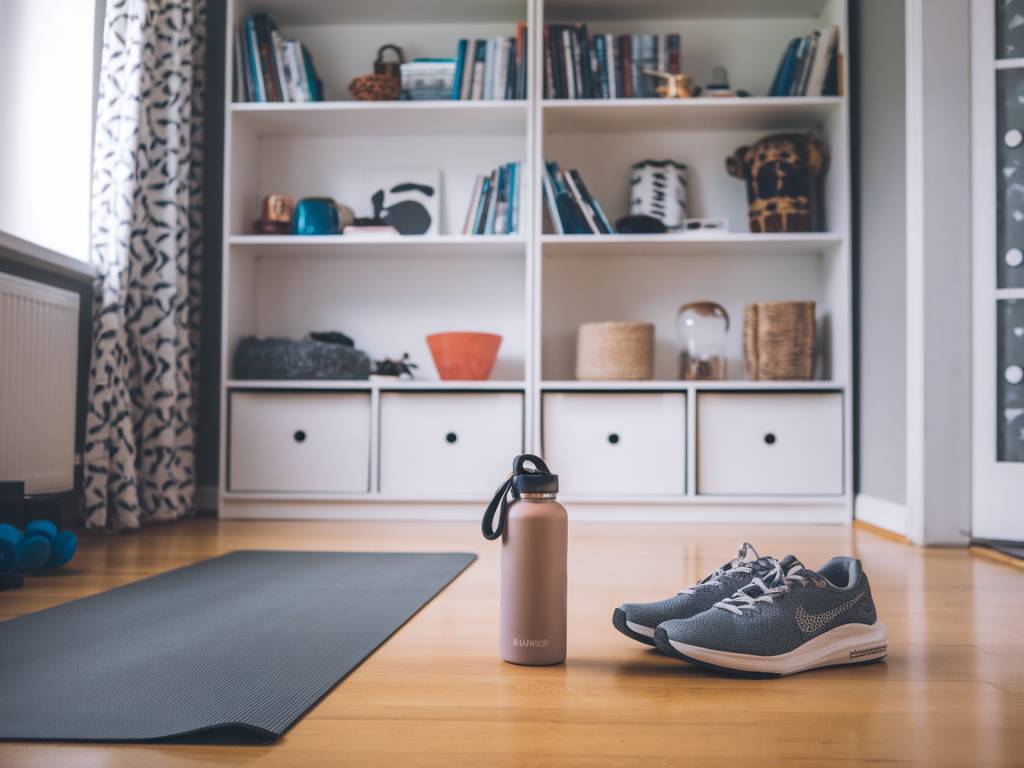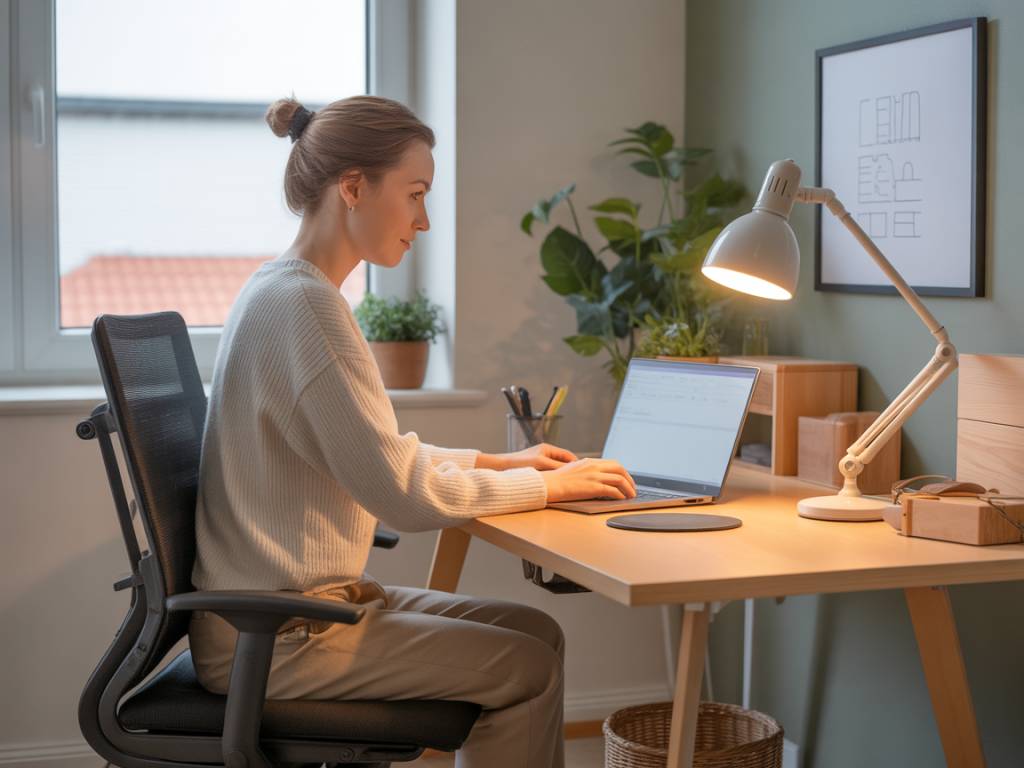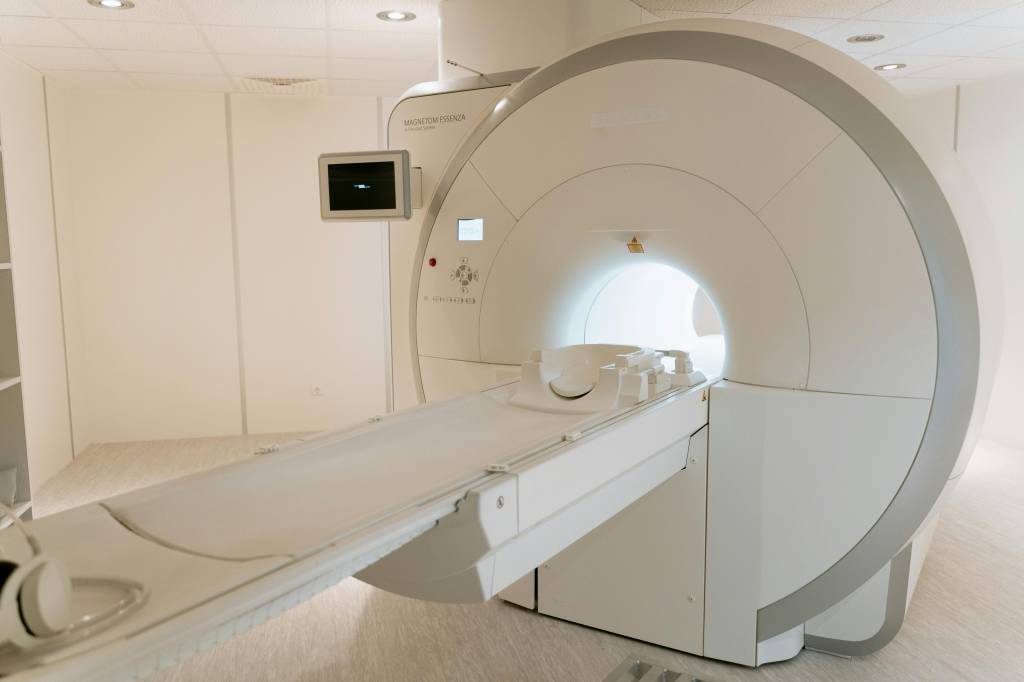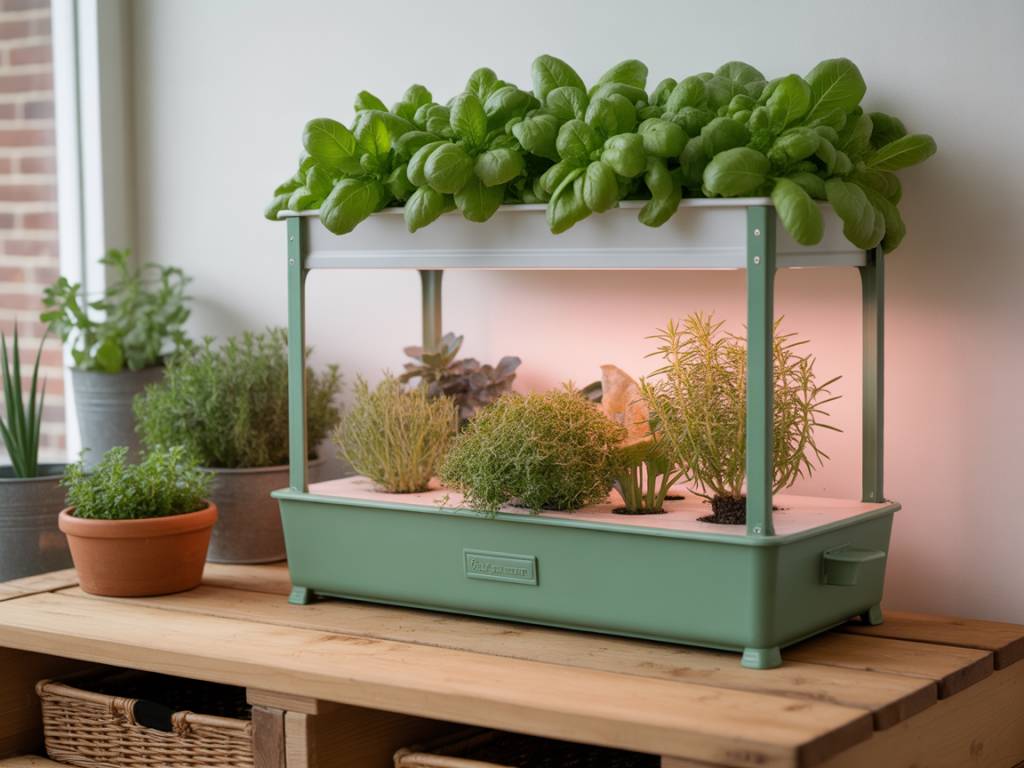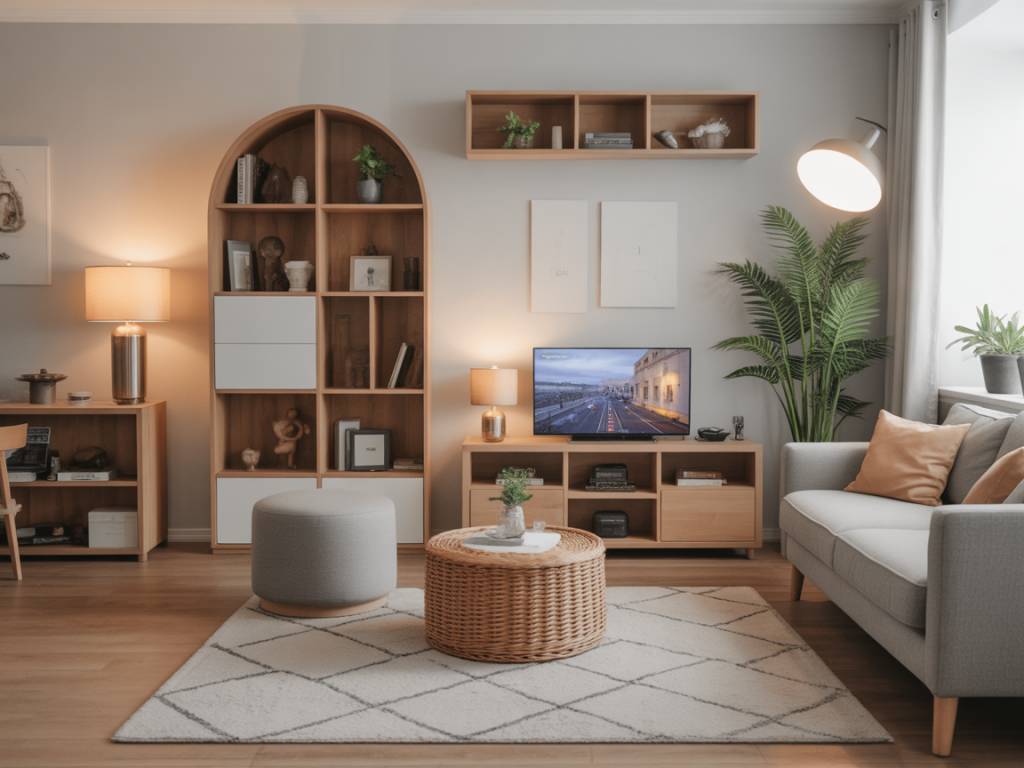Understanding the Basics: Your Goals and Space
Creating a home workout space on a budget can be a rewarding venture that provides you with a dedicated area for fitness without the ongoing costs of a gym membership. Before diving into the details, it’s crucial to identify your fitness goals and assess the available space in your home. Your goals will determine the type of equipment you need, while your space will dictate how much and what kind of equipment can fit comfortably.
Start by asking yourself what exercises you enjoy or what areas you want to focus on, such as cardio, strength training, or flexibility. Assessing your space is equally important—measure the dimensions of the area you plan to use. This could be a spare room, a section of your garage, or even a corner of your living room. Understanding these basics will set the stage for creating an effective and efficient home workout space.
Choosing the Right Equipment
Selecting the right equipment is essential for staying within your budget while still achieving a functional workout space. Here are some key items to consider, categorized by exercise type:
Cardio Equipment:
- Jump Rope: Affordable and effective for cardiovascular workouts.
- Resistance Bands: These can be used for a variety of exercises and are easy to store.
- Exercise Mat: Essential for floor exercises and yoga, providing comfort and stability.
Strength Training Equipment:
- Adjustable Dumbbells: Save space and money by investing in a set that allows you to change weights easily.
- Kettlebells: Great for strength training and versatile in use.
- Pull-Up Bar: Can be installed in a doorway and is effective for upper body strength.
Flexibility and Mobility Equipment:
- Yoga Blocks: Useful for stretching and flexibility exercises.
- Foam Roller: Ideal for muscle recovery and improving flexibility.
Remember, you don’t need to buy everything at once. Start with the essentials and gradually add more equipment as your budget allows and your needs evolve.
Maximizing Your Space
Optimizing the available space is crucial for a functional home gym, especially if you’re working within limited confines. Here are some tips to help you make the most out of your workout area:
- Wall Storage: Use shelves, hooks, and wall-mounted racks to keep your equipment organized and off the floor.
- Foldable Equipment: Items like foldable exercise benches and compact treadmills can be stored away when not in use.
- Multi-Functional Furniture: Consider using a sturdy coffee table for step exercises or as a makeshift bench.
- Mirrors: Adding mirrors can make a small space feel larger and help you maintain proper form during exercise.
Creating an Inviting Atmosphere
The atmosphere of your workout space can significantly impact your motivation and consistency. Here are a few simple ways to create an inviting environment:
- Lighting: Good lighting is essential. Natural light is excellent, but if that’s not an option, opt for bright, adjustable lamps.
- Music: Invest in a good set of speakers or a Bluetooth system to play your favorite workout tunes.
- Decor: Motivational posters, quotes, or even a chalkboard wall for tracking your progress can add a personal and inspiring touch.
- Cleanliness: Keeping your workout space clean and clutter-free will make it a more enjoyable place to be.
Planning Your Workout Routine
Once your space is set up, the next step is to plan your workout routine. A well-structured routine can keep you motivated and ensure you’re making the most out of your home gym:
Set Realistic Goals: Determine what you want to achieve—whether it’s weight loss, muscle gain, or improved flexibility—and set achievable milestones.
Create a Schedule: Consistency is key. Design a workout schedule that fits into your daily routine and stick to it.
Mix It Up: Variety in your workouts can prevent boredom. Incorporate different types of exercises to keep things interesting and to work different muscle groups.
Track Your Progress: Use a journal or a fitness app to log your workouts and track your progress over time. This can be a powerful motivator as you see your improvements.
Staying Motivated
Maintaining motivation is one of the biggest challenges when working out at home. Here are some strategies to help you stay committed:
- Join Online Communities: Engaging with online fitness communities can provide support, advice, and a sense of camaraderie.
- Hire a Virtual Trainer: For personalized guidance and accountability, consider hiring a virtual personal trainer.
- Set Rewards: Reward yourself for reaching milestones. This could be new workout gear, a special meal, or a relaxing day off.
- Visualize Your Goals: Keep a visual reminder of your goals in your workout area to remind yourself of what you’re working towards.
Budget-Friendly Tips and Tricks
Finally, here are some budget-friendly tips to help you save money while still creating an effective workout space:
- Buy Second-Hand: Look for used equipment on local online marketplaces or thrift stores.
- DIY Equipment: Get creative and build some of your equipment, such as sandbags for weights or a homemade pull-up bar.
- Discount Codes and Sales: Always search for discount codes or wait for sales events to purchase more expensive equipment.
- Free Online Workouts: Utilize free workout videos and apps to guide your exercise routines without the need for a personal trainer.
By assessing your goals and space, choosing the right equipment, making the most of your available space, creating a motivating atmosphere, planning a varied workout routine, and employing budget-friendly strategies, you can craft a home workout space that is both effective and economical.

